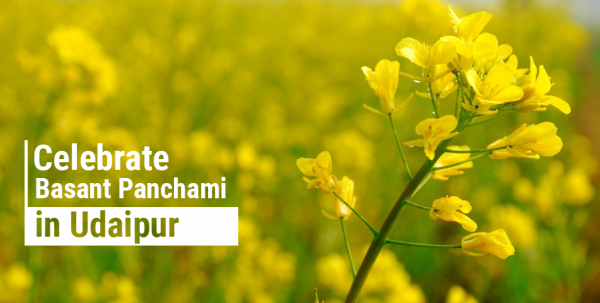Posted inFestivals
Celebrate Basant Panchami in Udaipur
Celebrated with great religious fervor by Udaipurites, Basant Panchami is the day on which they believe worshiping goddess Saraswati would fulfill their desires. They consider her to be the goddess…
